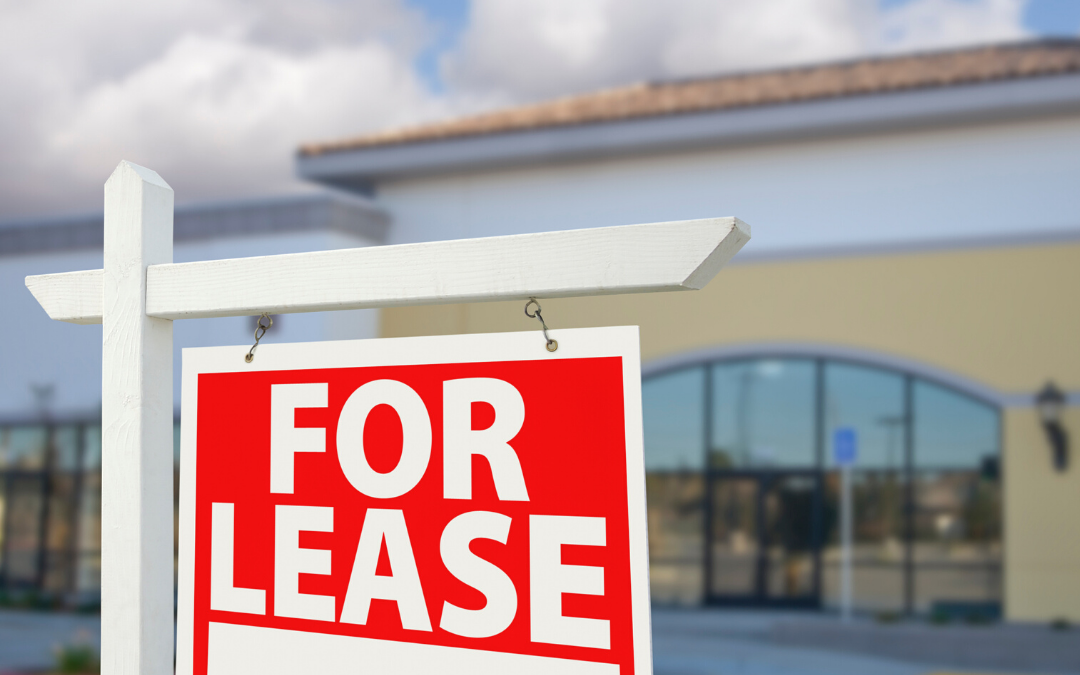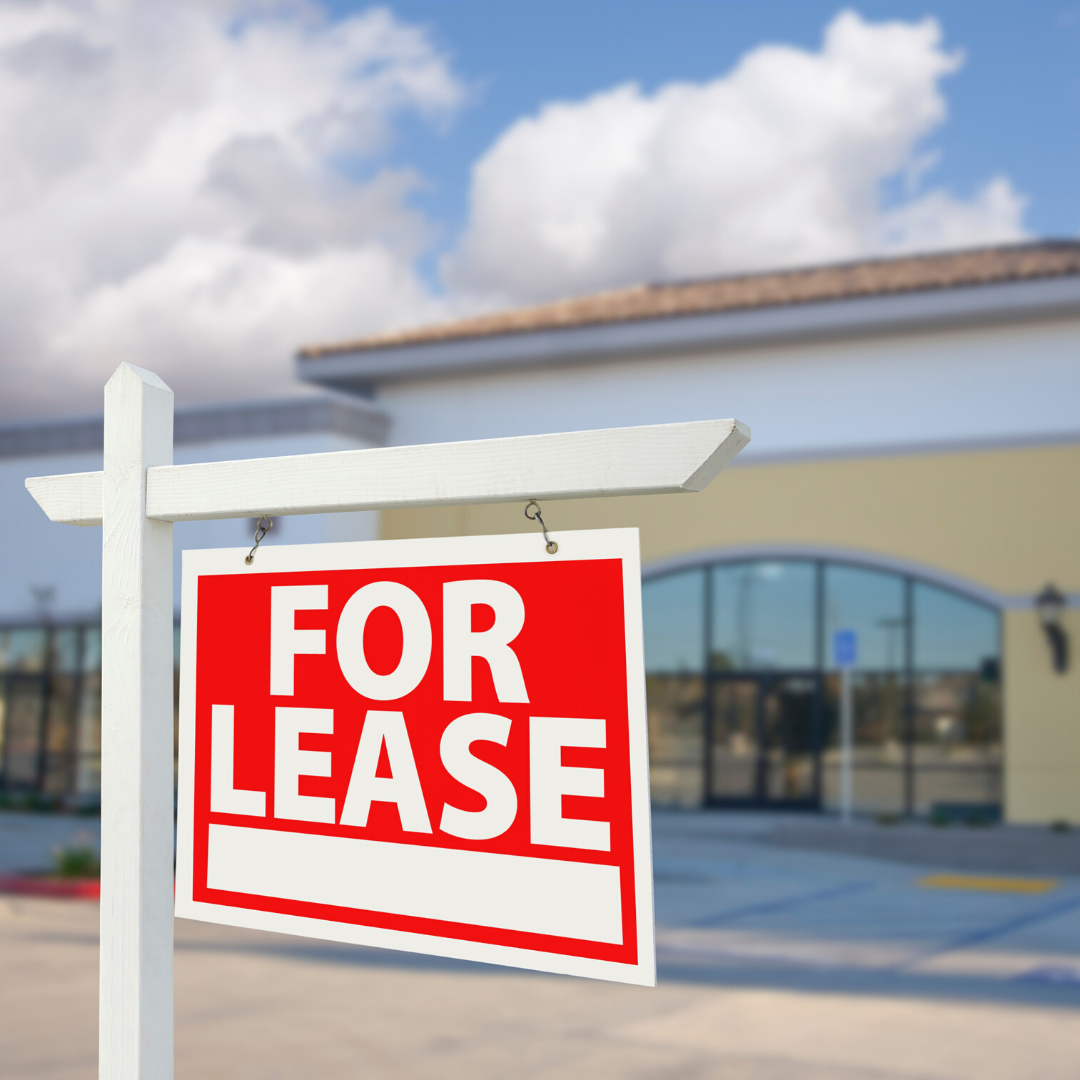
What To Think About Before Signing A Standard Commercial Lease Or Retail Lease
What To Think About Before Signing A Standard Commercial Lease Or Retail Lease
We work with both landlords and tenants in Retail Shop Leases (RSL) and Commercial Tenancy agreements. This article is focused more on tenants.
What are some of the most important considerations that people should keep in mind before going into a lease?
Firstly, know the transaction that you’re entering into.
It’s really important to know whether your documentation matches your intention. If this is a commercial lease, then typically you will be using a standard REI template contract, but if you’re entering into a retail shop lease, the format and content of the lease will be quite different.
The reason this is important is that if it is a retail shop lease, then the tenant is afforded greater protection by law.
It is fundamentally important to get it right from the start. Your lease will last for years and has the potential to affect your business.
Don’t be tempted by somebody saying to you, “Look, it’s quicker. This will save us money. We’ll just use a standard REI form.” It’s false economy because you could miss out on those really important protections, which can make the world of difference, particularly three, four, five years down the track.
“As you know, I work with retail and commercial shop leases from the outset in drafting and negotiating, but also when the parties are in dispute, as a mediator. I sit and I listen to both sides of the fence, arguing parts of the lease that was prepared five or seven years ago. I see things like someone trying to argue that QCAT, which is what’s meant to be a low cost, efficient and fast access to justice, with a specialization in retail shop leases. What I see is landlords perhaps trying to frustrate that process by saying, “Well, there’s no jurisdiction here because these documents are for a commercial lease, not a retail shop lease.” That in itself can cause stress, delay, expense for everyone.
To circle back, know the transaction you’re entering into!”
Once You Know What Kind Of Lease You’re Entering Into, What Comes Next?
Tenants are often really excited by this stage – you’ve been doing some negotiations, you’ve found the premises. It seems ideal.
Now is the time to slow down. Please slow down.
You’re not on anyone else’s timeframe, but your own and your business. As a business owner, that is incredibly important to understand, and to stick to that, especially when you’re getting pressured.
You can be told there’s no flexibility on the other side, this must be done by a certain date. Slow down.
Slow the process down and take advantage of the fact that you’re not in a rush to do this, or you shouldn’t be in a rush to do it, but this is your opportunity to design the best lease for your business. You don’t really get that opportunity at any other stage. Slowing down, making sure the documents are right is really important.
There are three stages to this leasing process.
Negotiation, lease offer, and lease.
In each of those stages there is some crossover. But with your lease offer, a lot of people, particularly landlords, come to their solicitor once the lease offer is signed. Tenants tend to think they should do the same. In fact that is not the best case for either party. You can come at any time to your lawyer to ask about the lease offer.
Part of that slowing down for a tenant is really important, because if you bring that lease offer to a lawyer to look at for you (and even your accountant as well for the accounting and financial taxation advice, because lawyers aren’t accountants) you have that opportunity to design a really perfect fit for your business before the lease offer is signed.
When you think about the length of time that you’re entering into this lease for, the more thought and time you can take at the beginning to really consider where your business is going to be in a few years’ time, also what’s in the market, the first property that you find may not be in fact the best one for you.
If you properly consider these things before you sign a lease offer, you’re at least not committing yourself to potentially lose a deposit amount or binding yourself to some terms that in three years’ time are going to look not nearly as good as you thought they were when you signed the lease.
Due Diligence
Before entering into a lease, do your due diligence. What does due diligence mean?
It’s things like comparing like premises in other suburbs or other centers. Finding out what incentives landlords are offering. Finding out whether there have been any security issues or flooding at that premises.
Start from the start, do it all right. Get as much knowledge and information you can in the process. In fact, we tend to observe that your negotiation skills mature as you do this. Then you feel more confident to push back when you see an unfavorable term say in a lease offer, or a request for a personal guarantee that you don’t want to provide.
Lease Offers And Deposits
Nine times out of 10 we see that the landlord is only bound when the final lease is signed by both parties. That doesn’t seem unusual, but there are problems with that. The tenant on the other side of things is bound when the lease offer is signed. So as a tenant you are committed well before the landlord.
The implication of all of that is that you’ve paid a deposit, generally one month’s deposit, but it can be more, and that can be a sizeable amount of money and that’s put at risk. When you think about this logically, if you are bound from the lease offer and the negotiations go astray along the way, the landlord can get out without any financial implication, you can’t because your deposit will most likely go to the landlord’s solicitors.
Provided the lease offer hasn’t been signed, getting that wording right at the start in the lease offer is really simple. We just amend the lease offer, send it back with the wording that both parties are going to bear their own costs, and enabling you to have the deposit returned to you in certain circumstances.
Landlord Incentives
Firstly, if you’re not getting any, why not?
Definitely be asking the question.
Landlord incentives are generally a contribution to the fit-out cost or the first few months of rent. Remember, it is a contribution towards either fit out or rent. It’s not an entitlement to a lump sum in your pocket. That’s not how it works. When it comes to fit out it is about paying the actual cost of your fit-out, substantiated with invoices and receipts for payment. If it is to cover a rent-free period, then you will get a period of rent abatement, where your invoiced and the rent amount is already credited so that you don’t have to pay anything, or only have to pay half rent for a period of time.
There are also a couple of things to look out for. Firstly, in almost every draft lease there are what we call incentive repayment triggers. Those triggers effectively mean that if a certain series of events occur, such as falling way behind in the rent, assignment of lease, selling your business, changing your business name and so on, you are at risk of repaying these incentives.
Now consider that if you received an incentive of $80,000, what happens if you decide that you need to get out, are you going to have $80,000 to pay back? The answer is generally no.
In a lease, it might be called a clawback. It might be called a repayment trigger, or it won’t even have a name, so it’s hard to find.
For one of our clients we found reference to repayment of the incentive in six to eight different spots in the draft lease, in what appeared to be randomly inserted clauses where you wouldn’t normally expect to see those clauses. The same net effect without giving it a label. A trained eye can see it, which is why you as us to review your lease.
Make sure you understand what the triggers are to repayment, and whether they suit you? Generally speaking, our advice to our clients is don’t agree to any repayments. Push back on them.
The other important part is you need to know the taxation implications of your incentives. A really important question around that is, should you own the fit-out or not?
We have a particular client who always wants to own the fit-out and is aware of any taxation implications and asks the right questions. Others don’t mind. Either way, you do need to speak to an accountant to understand the tax and accounting implications for your business.
Again, we’re designing something for you at the start of a lease. Work out with your contractor when it’s best to receive payment, marry that up so your cash flow is freed up. Often the landlord will agree to pay the incentive in two lots, for example, 50% upon commencement of the fit-out, and 50% on commencement of trade. That’s a nice clause and can help you manage cashflow.
If negotiated before the lease offer is signed, it is possible to manage the cashflow. If not, you may have to outlay the full amount of the incentive before you get it back from the landlord. Be smart, talk to someone about how to break it down and make those contributions work for you.
What’s Going To Happen At The End Of The Lease?
It’s really important to understand that when a lease expires, firstly, unless you’ve got options to renew, then you don’t have the right to stay on. If you do stay on, you’re in a period called holding over. There is no problem being in a holding over, as long as you understand it’s a month to month tenancy, meaning the landlord only has to give you one month notice to move out. It’s not that easy for a whole business to move premises.
But the most important part about designing and understanding and really being clear at the start what your end is going to be, is what are your obligations to “make good” when you hand back the premises?
Case Study
The client is negotiating an “as is, where is”. They’re walking in to an existing and operating business and the fit-out is already there and the tenant is entering on that basis. At the end of the lease in this draft document, it has a “bare shell” requirement. A bare shell means that you have to de-fit. Which is stripping the premises back to bare walls and floors. The previous tenant is handing over as is, where is and they are not paying a de-fit.
The landlord is getting a speedy transition from one tenant to a new tenant and rent coming in, but at the end of the lease, the landlord will still require a bare shell because it creates greater flexibility for the landlord in finding a tenant.
That’s a big “no” for us in this scenario. We’ve said to the client, “you take it as is, where is, you leave it as is, where is, subject to making good any damage along the way that you might have caused. You clearly have to repair any damages, that’s your obligation.”
It is also important to remember that a fit-out can be incredibly expensive, particularly in a climate where there is problem getting materials and high demand for trades. Some first time tenants don’t really conceive of that. One of our clients told us they were estimating costs of $5,000 for fit out. They are not even in the ballpark. Their quote actually came back at $70,000 plus.
A de-fit can be just as expensive. We have a client with a series of pharmacies, and their de-fit is $250,000 for one pharmacy. The cost of de-fit can be the same or more than the fit-out.
Remember, design it how you need things to happen at the end of the lease. If you are going to need to budget for an $80,000 de-fit at the end, make sure that your accountant has sat down with you and worked out how that’s going to happen, because if it is due to happens in three year, you’re going to have earned enough money to have that money set aside.
It does not matter if the landlord contributed to, or covered the cost of the fit out and owns the fit out if you are required to de-fit back to bare shell at the end of the lease. You cannot just assume that because the landlord owns the fit out they will be prepared to keep it. We have seen leases where the fit-out is stated as owned by the landlord, but it’s almost like a discretionary ownership. So they can own it if they want to at the end for a dollar, but they don’t need to. It depends on what is written in the lease.
Tip
Please read every word of these documents. As any other human being will do, you will probably be tired by page three of 47. So that’s why you need to get someone to read it for you as well. It doesn’t take away or mitigate your obligation to read the whole document, but that trained eye is really important.
As humans, when we look at the same document over and over, you tend to want to say, “Oh, well, okay, that’s about this.” You don’t look at the detail as much as you should. Well, you actually have to with leases.
Take Aways
- Get legal advice
- Get accounting and taxation advice
- Plan for success at the start
- Do all of your due diligence, and if you’re not sure what that means, ask
- Push back on terms that are not favorable to you. You don’t have to agree to them
- Slow down
- Incentives can have red flags with them
- Negotiate it with vigor
- Invest in the process from the start
Fundamentally, it’s about knowing that your lease document is the most important document for the transaction. It’s your go-to guide for whenever there’s any sort of issue that arises. You need to design it, you need to know what’s in it. You need to know your rights and responsibilities. Respect that document. Treat it with respect, and invest in the process from the start.
From the dispute perspective, hindsight is a good thing. You don’t want to end up in a dispute thinking that if you had your time again, that clause probably wouldn’t be there. Take it out now.
How can Onyx Legal help you?
If you are looking to lease premises, or you are having problems with the premises you are already in and need help, make an appointment to have a chat with Andrea.



Recent Comments